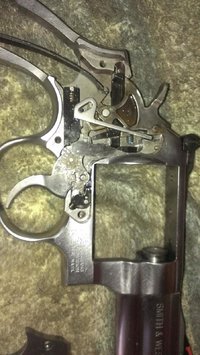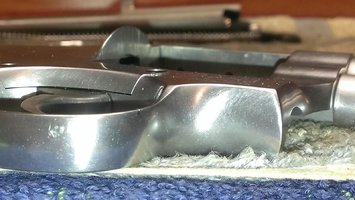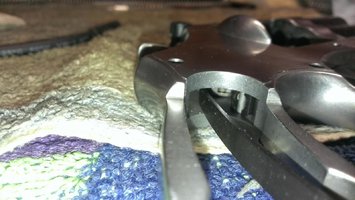btnh6668
NES Member
I just bought a 686 thats fairly new. Its a couple years old and got it with only 40-60 rounds shot through it. I took the grips off and noticed a small area of rust which i took care of no problem. My question is whether or not you guys think i should take it down further to maybe oil and inspect the internals for rust? Im not the most mechanical person in the world so i just don't want to get in deeper than i have to. What do you guys think?


![Smile [smile] [smile]](/xen/styles/default/xenforo/smilies.vb/001.gif) ) on the same side as the side plate. Do not tap it from the other side.
) on the same side as the side plate. Do not tap it from the other side.
